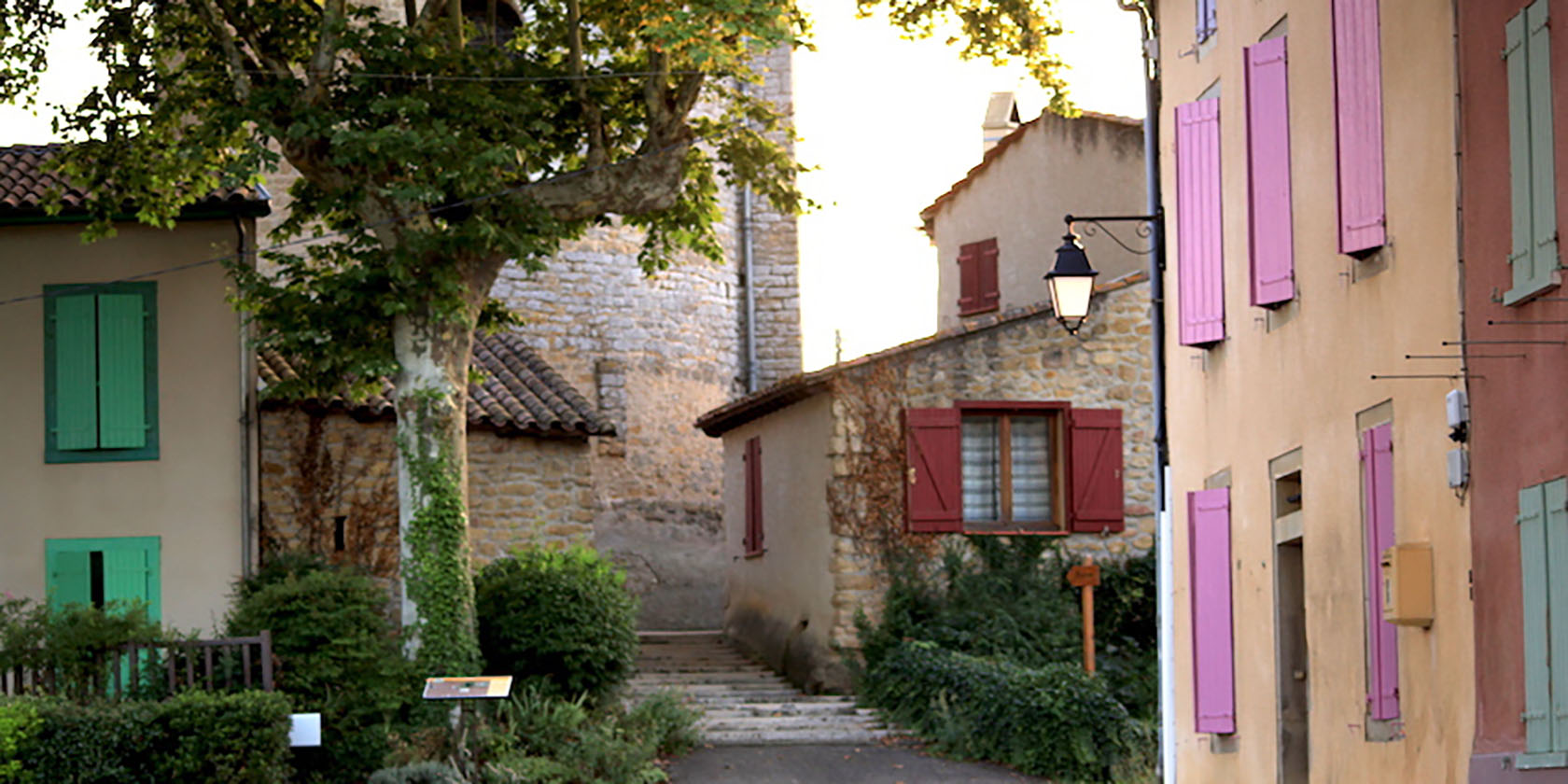
Saint-Félix-de-Tournegat is one of only two villages in the Ariège to be organized as a circulade...
Since the year 1000, the houses surrounding the church have formed a veritable fortified enclosure.
According to Marina Salby, heritage coordinator with the Pays d'art et d'histoire, "The houses are terraced, forming a rampart. Around the year 1000, for security reasons in particular, people began to gather around castles and churches, around power. In Saint-Félix, it's around the church. Why in the round? We don't know..."
This circulade, which can only be reached on foot, is made up of six houses and the town hall. "But there's also a second level of circulade, outside the heart of the village. In the past, this level constituted the ditches of the castrum", according to some elected officials.
Both the church and the heart of the village are listed as Historic Monuments.
A little anecdote, proof of the attachment of the inhabitants to "their" view of the Pyrenees, an old-timer, answering to the first name of Raymond, had made an astonishing request: "To continue contemplating the Pyrenees, I want to be buried standing up!"
The cemetery... offers a spectacular view...
Another of the village's tourist attractions is that it is a veritable balcony overlooking the Pyrenees, offering numerous walks, horse rides and mountain bike rides.
The oldest bell in the Saint-Félix church dates back to 1697. On it is inscribed "Que Saint-Félix nous défende de la peste, de la faim, de la guerre et de la tempête".
The present entrance, consisting of a few steps, occupies the site of a door which, until the 1970s, was surmounted by a closed passageway. The projecting stones (corbels) that supported it can still be seen on the south side.
The entire village with its moat was listed as a Historic Monument on May 27, 1993.
The "camp des toupis
This necropolis consists of stone circles on the surface and buried urns. It can be traced back to Protohistory (3rd to 1st millennium BC). From the 12th century onwards, families bore the name of the village. In 1176, Pierre de Saint-Félix paid tribute to the Count of Foix for his castrum de Saint-Félix. After being given to the Lords of Lévis following the crusade against the Cathars, the village became part of the barony of Lapenne, created in 1300 by Thibaut 1er de Lévis, baron de Montbrun.
The commune has been marked by two historical events. Firstly, in 1242, it became an important site for Catharism. The parish priest welcomed two faydits who had taken part in the massacre of two inquisitors in Avignonet-Lauragais. A very risky move for the time. Saint-Félix was also a hotbed of the French Resistance. In the Ferme de Four, 1 km east of the village, Major Bigeard and five other fighters were hidden before the Liberation of Foix.
The town hall
Le village
09500 Saint-Félix-de-Tournegat,
Tel.: 05 61 68 68 29
https://www.youtube.com/embed/yIcFz2niCvA?si
Translated with DeepL.com
(free version)





